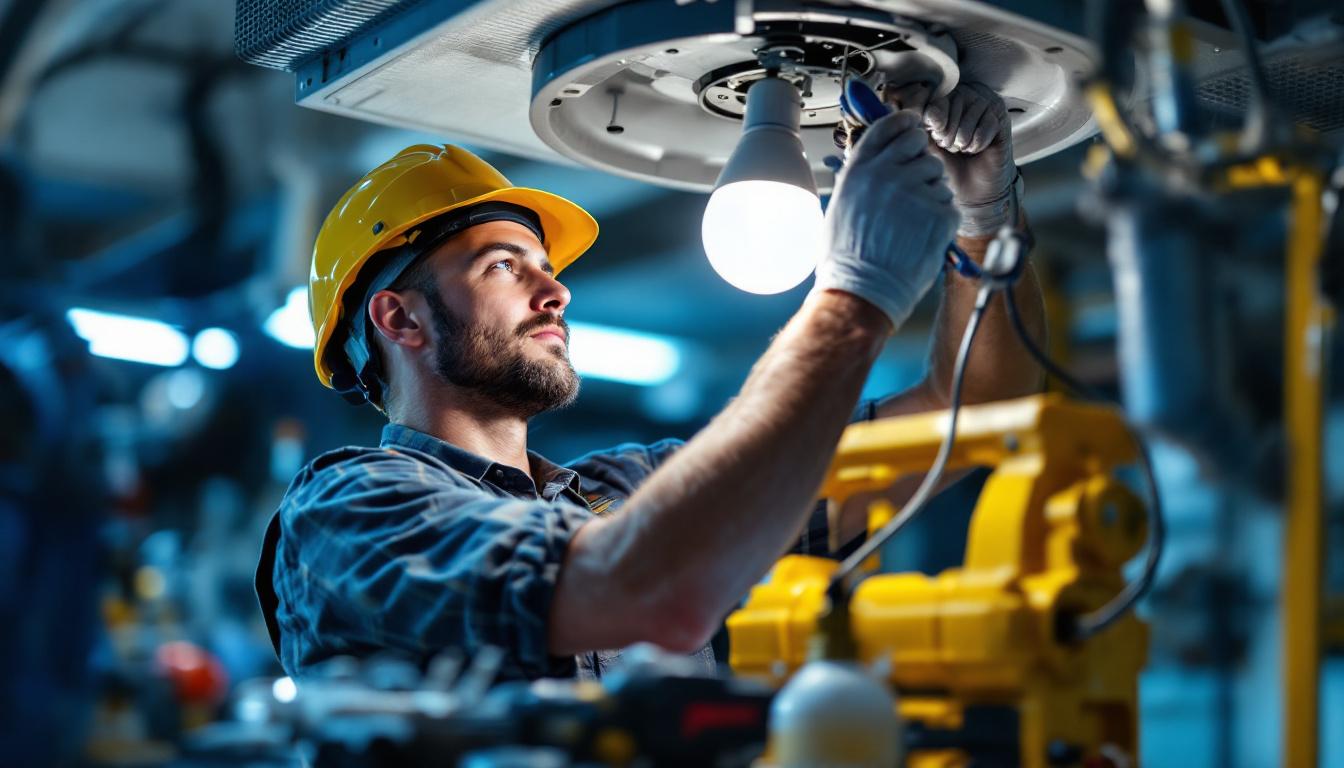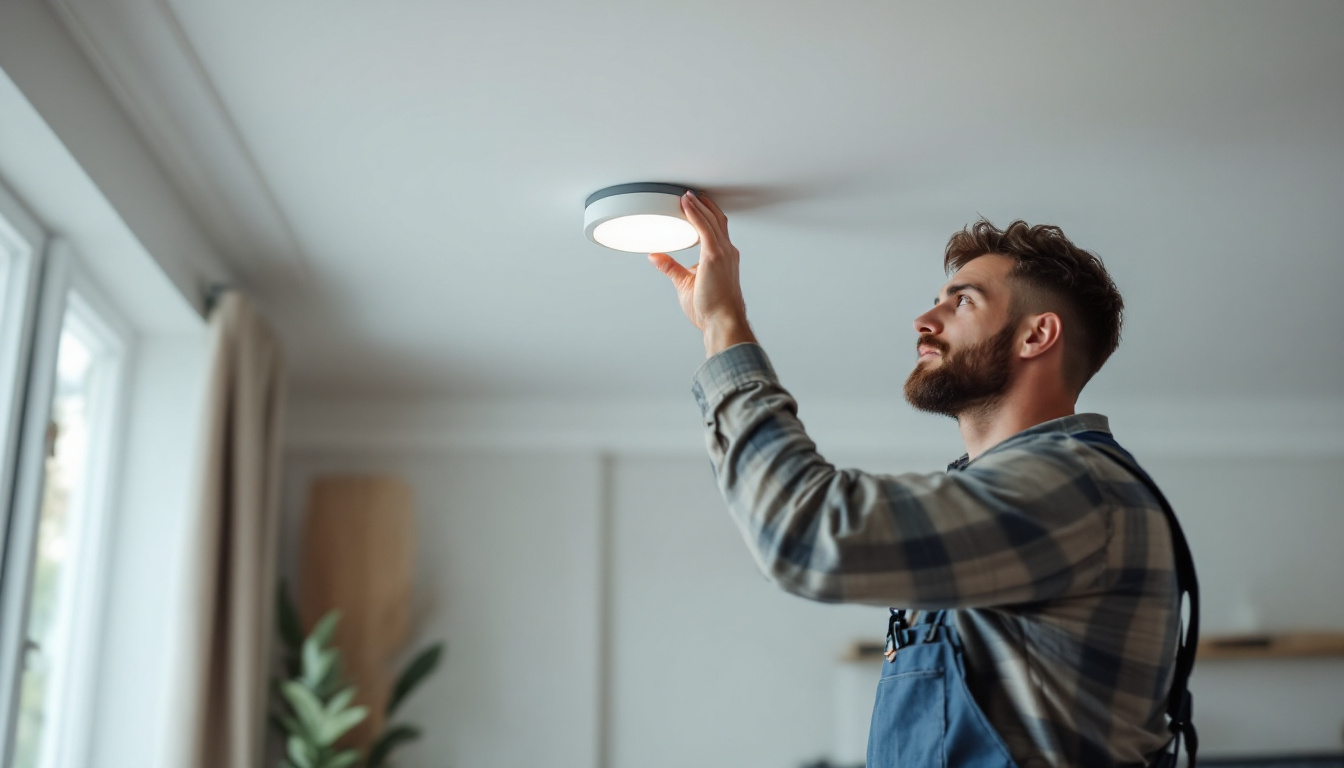
In the ever-evolving landscape of lighting technology, the ballast bypass has emerged as a crucial component for contractors aiming to enhance efficiency and performance in their projects. As LED lighting becomes increasingly prevalent, understanding the importance of ballast bypasses can significantly impact the success of lighting installations. This article will delve into the concept of ballast bypass, its benefits, and best practices for implementation.
Before exploring the ballast bypass, it is essential to comprehend what a ballast is and its function in traditional lighting systems. A ballast is an electrical device used to regulate the current to lamps, particularly in fluorescent and HID lighting systems. It provides the necessary voltage to start the lamp and controls the current during operation, ensuring the longevity and efficiency of the light source. In addition to these primary functions, ballasts also help in preventing flickering and provide a stable light output, which is crucial for environments that require consistent lighting, such as offices and retail spaces.
As the lighting industry shifts towards LED technology, the role of ballasts has become less relevant. LED lamps are designed to operate without the need for traditional ballasts, leading to the concept of ballast bypass. This transition not only simplifies the lighting system but also enhances energy efficiency and reduces maintenance costs. Furthermore, LED technology offers a longer lifespan compared to traditional bulbs, often lasting up to 25,000 hours or more, which significantly decreases the frequency of replacements and the associated labor costs. This shift also aligns with global sustainability efforts, as LED lights consume considerably less energy, contributing to lower carbon footprints.
There are various types of ballasts, including magnetic and electronic. Magnetic ballasts are typically heavier and less efficient, while electronic ballasts offer better performance and energy savings. However, both types can become obsolete with the adoption of LED technology, making the ballast bypass an attractive option for contractors. In addition, electronic ballasts can sometimes produce a high-frequency noise that may be distracting in quiet environments, while magnetic ballasts can generate heat and require more space for installation. As such, the move towards LED solutions not only addresses these issues but also encourages innovation in lighting design, allowing for more compact and aesthetically pleasing fixtures that can seamlessly integrate into modern architecture.
A ballast bypass, also known as a ballast removal or ballast elimination, involves the direct connection of LED lamps to the power supply, effectively eliminating the ballast from the circuit. This process can lead to improved energy efficiency, enhanced performance, and reduced installation complexity. By removing the ballast, which is often a point of failure in traditional lighting systems, the overall reliability of the lighting setup is significantly increased, making it a popular choice for both residential and commercial applications.
During a ballast bypass, the existing ballast is removed, and the LED lamp is wired directly to the line voltage. This allows the LED lamp to operate at its optimal efficiency without the interference of a ballast. The process generally involves rewiring the fixture, which can be straightforward for experienced contractors. Additionally, many LED lamps designed for ballast bypass come with clear instructions and labeling, making it easier for even novice DIYers to undertake this upgrade safely and effectively.
There are numerous advantages to implementing a ballast bypass in lighting projects. Some of the most significant benefits include:
Moreover, the transition to LED technology through ballast bypass can also enhance the aesthetic appeal of spaces. LED lamps are available in a variety of styles and designs, allowing for greater flexibility in interior design. Whether it’s for a modern office space, a cozy home environment, or a vibrant retail store, the right LED lighting can create an inviting atmosphere while ensuring optimal visibility. Furthermore, many municipalities and utility companies offer rebates and incentives for upgrading to energy-efficient lighting solutions, making the initial investment in a ballast bypass even more attractive.
To ensure a successful ballast bypass, contractors should adhere to several best practices that promote safety and efficiency during installation.
Before proceeding with a ballast bypass, it is crucial to assess the existing lighting fixture. This includes examining the type of ballast currently in use, the condition of the fixture, and compatibility with the selected LED lamps. Understanding these factors will help determine the best approach for the bypass process. Additionally, contractors should take note of the fixture’s age and any previous modifications that may affect the installation. A thorough assessment can prevent potential issues down the line, such as unexpected electrical failures or compatibility problems with the new LED lamps.
Selecting the appropriate LED lamps is vital for a successful ballast bypass. Contractors should consider factors such as wattage, color temperature, and lumen output to ensure the new lamps meet the project’s lighting requirements. Additionally, it is essential to choose LED lamps that are specifically designed for ballast bypass applications. It may also be beneficial to consult product specifications and manufacturer recommendations to ensure optimal performance and energy efficiency. By doing so, contractors can help clients achieve the desired ambiance and functionality of the space while maximizing energy savings and lifespan of the new lighting system.
Safety should always be a top priority when performing electrical work. Contractors must adhere to local electrical codes and regulations, ensuring that all wiring is done correctly and safely. Using appropriate personal protective equipment (PPE) and working in a well-lit environment can further enhance safety during the installation process. Furthermore, it is advisable to turn off power to the circuit before beginning any work and to use a voltage tester to confirm that no electricity is flowing through the wires. Regularly reviewing safety protocols and participating in training sessions can also help contractors stay updated on the latest safety practices and technologies, thereby reducing the risk of accidents and ensuring a smooth installation process.
While the benefits of ballast bypass are clear, there are also challenges and considerations that contractors must keep in mind.
One of the primary challenges contractors may face is compatibility between the existing fixtures and the new LED lamps. Not all fixtures are suitable for a ballast bypass, and some may require additional modifications to accommodate the new lighting technology. It is crucial to conduct thorough research and planning to avoid potential issues during installation.
Although a ballast bypass can lead to long-term savings, the initial costs associated with the installation may be a concern for some contractors. It is essential to weigh the upfront costs against the potential energy savings and reduced maintenance expenses to determine the overall value of the project.
Ballast bypasses are being increasingly utilized in various settings, showcasing their versatility and effectiveness in enhancing lighting systems.
In commercial environments, such as offices and retail spaces, ballast bypasses can significantly improve energy efficiency and lighting quality. By replacing outdated fluorescent fixtures with LED lamps, businesses can reduce their energy consumption and create a more inviting atmosphere for customers and employees alike.
Industrial facilities often rely on robust lighting solutions to ensure safety and productivity. Implementing a ballast bypass in these settings can lead to substantial energy savings and reduced maintenance requirements, allowing businesses to allocate resources more effectively.
Homeowners are also beginning to embrace ballast bypasses as they upgrade their lighting systems. By converting existing fixtures to LED technology, homeowners can enjoy improved energy efficiency and lower utility bills, all while enhancing the aesthetic appeal of their living spaces.
As the lighting industry continues to evolve, the ballast bypass is likely to play an increasingly important role in future projects. With advancements in LED technology and growing awareness of energy efficiency, contractors must stay informed about the latest trends and best practices to remain competitive.
New technologies are constantly emerging in the lighting sector, and the ballast bypass is no exception. Innovations in LED design and smart lighting solutions may further enhance the benefits of ballast bypasses, providing contractors with even more opportunities to improve their projects.
As energy efficiency regulations become more stringent, the demand for ballast bypass solutions is expected to rise. Contractors should be prepared to adapt to these changes and incorporate ballast bypasses into their projects to meet compliance requirements and client expectations.
The ballast bypass is a critical component for lighting contractors looking to enhance the efficiency and performance of their projects. By understanding the benefits, best practices, and potential challenges associated with ballast bypasses, contractors can make informed decisions that lead to successful lighting installations. As technology continues to advance and the demand for energy-efficient solutions grows, embracing ballast bypasses will undoubtedly become a necessity for those in the lighting industry.
Ready to take your lighting projects to the next level with ballast bypass solutions? Look no further than LumenWholesale, where we provide you with the highest quality, spec-grade lighting products at unbeatable wholesale prices. Say goodbye to unnecessary markups and hello to a vast selection of reliable, high-performance lighting that meets the most rigorous industry standards. With the convenience of free shipping on bulk orders, LumenWholesale is your go-to source for premium lighting at the best value. Elevate your lighting installations today by visiting Wholesale Lighting at the Best Value and discover the ideal blend of quality, affordability, and convenience.

Discover essential insights for lighting contractors on bypassing ballasts for LED bulbs.

Discover the essential checklist for lighting contractors with our comprehensive guide on 4 ft LED light fixtures.

Discover innovative cost-saving strategies for lighting contractors using 4-inch can lights.

Discover innovative strategies and expert insights into selecting and installing industrial light fixtures with a focus on efficiency and style.